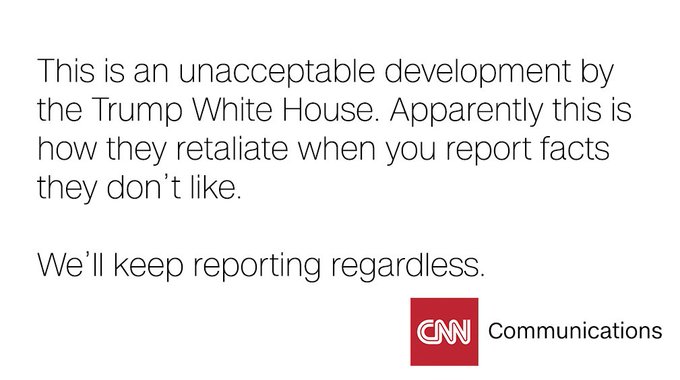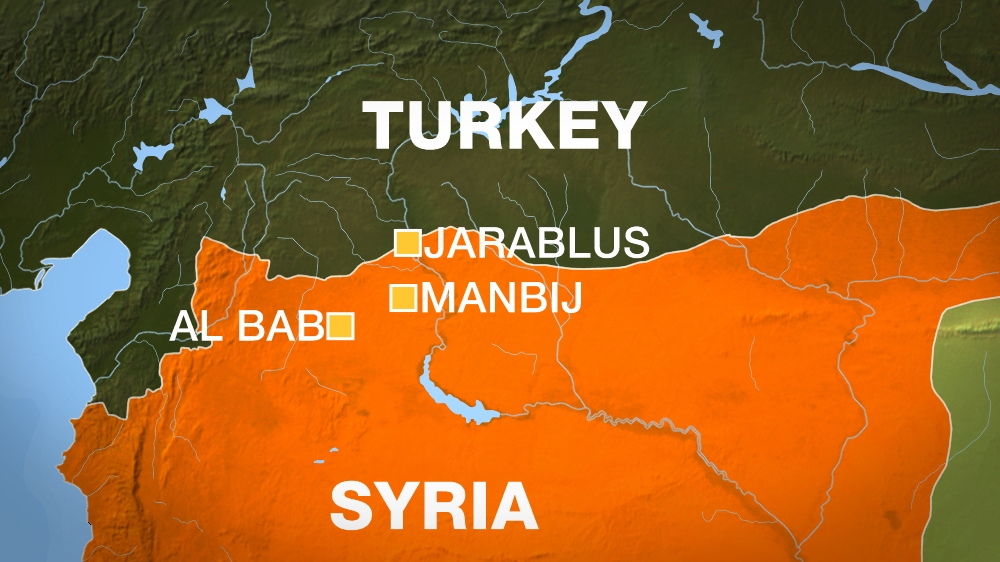Malaysian police have launched an investigation into how the killers of Kim Jong-nam obtained the highly toxic
nerve agent allegedly used in the assassination of the North Korean leader's half brother.
Police have detained and are questioning a North Korean national suspected of producing the chemical, VX, Al Jazeera's Florence Looi reported.
Investigators are trying to establish whether the man, who has a background in
science, had the "training and expertise to manufacture" the chemical, possibly in a laboratory in
Kuala Lumpur, Looi said from the Malaysian capital on Saturday
.
"The big question is how these two women get hold of the toxic substance," she said. "How did this highly toxic substance come into this country?"
VX is a fast-acting toxin that sparks respiratory collapse and heart failure. Tiny amounts of the poison are enough to kill an adult, whether it is inhaled or absorbed through the skin.
A leading regional security expert told AFP it would not have been difficult to get VX into
Malaysia in a diplomatic pouch, which would not be subject to regular customs checks.
North Korea has previously used the pouches "to smuggle items including contraband and items that would be subjected to scrutiny if regular travel channels were used," said Rohan Gunaratna, the head of the Singapore-based International Centre for Political Violence and Terrorism Research.
On Friday, officials confirmed that during autopsy they found the chemical on the face of Kim,
who died on February 13 after he was attacked inside Kuala Lumpur International Airport.
Two women were seen on CCTV footage shoving something in his face. He later suffered a seizure and was dead before he reached the hospital.
Authorities are now looking into decontaminating the airport, as the VX chemical could linger on equipment and in airport facilities, Al Jazeera's Looi said.
 |
| Kim Jong-nam suffered a seizure and died after the attack at the Kuala Lumpur airport [Reuters] |
North Korea is not a signatory to the international convention banning the production and use of the odourless, tasteless, and highly toxic chemical, which is considered a weapon of mass destruction by the United Nations.
The revelation that VX was used in the killing brought swift condemnation from
South Korea, which slammed its use as a "blatant violation of the Chemical Weapons Convention and other international norms".
Outrage in Malaysia
Experts in the South said on Friday that North Korea had up to 5,000 tonnes of chemical weapons stockpiled, including a supply of VX.
"I am outraged that the criminals used such a dangerous chemical in a public area," Malaysia's Environment Minister Wan Junaidi Tuanku Jaafar said.
It "could have caused mass injuries or even death to other people".
One of the two women arrested after the attack fell ill in custody, police said, adding she had been vomiting.
National police chief Khalid Abu Bakar previously said the woman who attacked Kim from behind clearly knew she was carrying out an attack, dismissing claims that she thought she was taking part in a TV prank.
Malaysian detectives are holding three people - women from Indonesia and Vietnam, and a
North Korean man - but want to speak to seven others, four of whom are believed to have fled to Pyongyang.
One man wanted for questioning, who is believed to be still in Malaysia, is senior North Korean embassy official Hyon Kwang-song.
Police have acknowledged that his diplomatic status prevents them from questioning him unless he surrenders himself.
North Korea, which has not acknowledged the dead man's identity, has
vehemently protested the investigation, saying Malaysia is in cahoots with its enemies.
Source: Al Jazeera and news agencies










